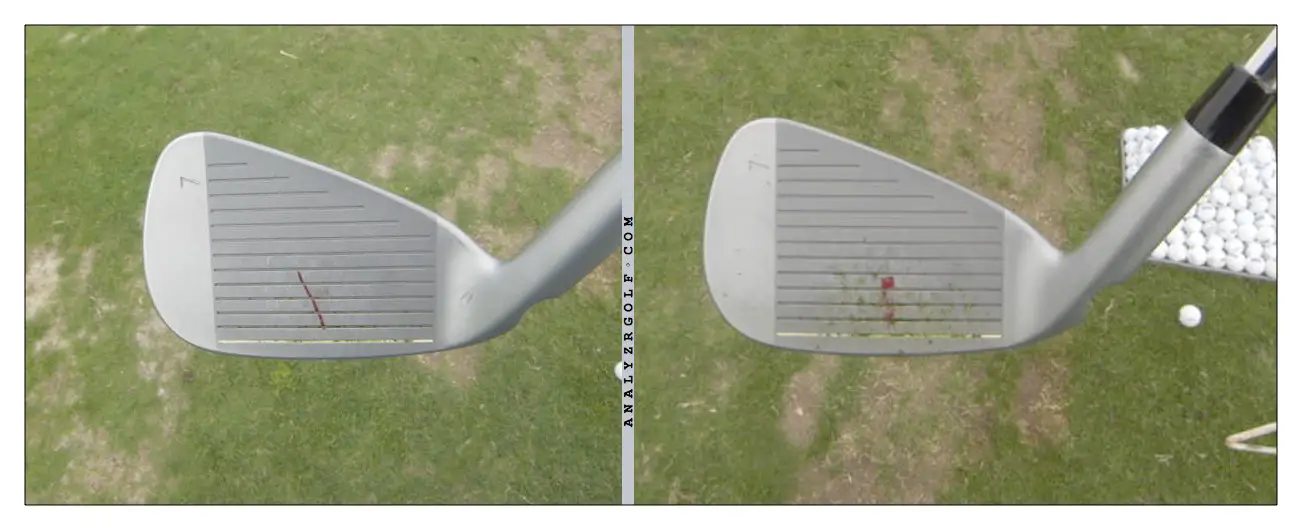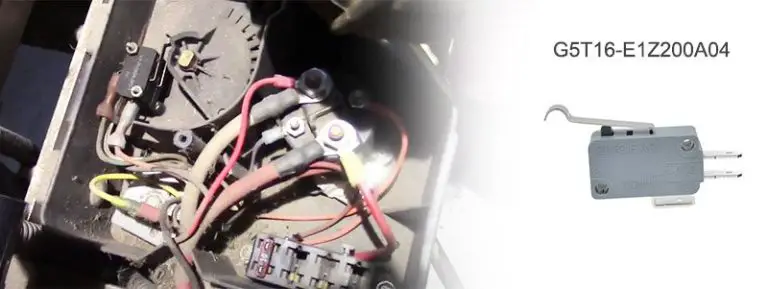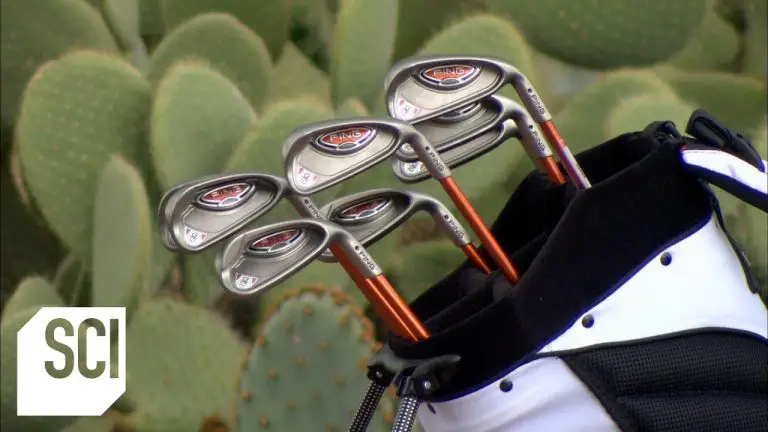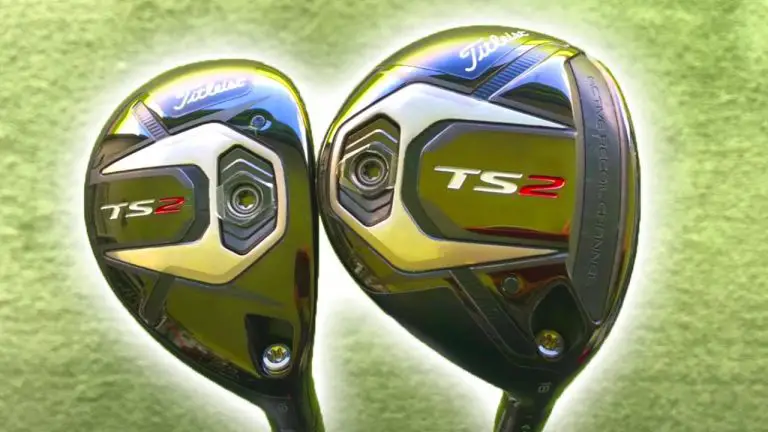How To Determine Lie Angle For A Golf Club

When it comes to improving your golf game, paying attention to every detail is essential. One often overlooked aspect is the lie angle of your golf clubs. The lie angle refers to the angle between the club’s sole and the shaft, and it plays a significant role in determining the accuracy and consistency of your shots. A proper lie angle ensures that the clubhead makes optimal contact with the ground, promoting a square clubface at impact and enabling you to hit straighter shots.
In this comprehensive guide, we will delve into the world of lie angles and provide you with practical steps to determine the correct lie angle for your golf clubs. Understanding the importance of lie angle and how it affects your ball flight is the first step towards improving your swing dynamics and overall performance on the course.
Throughout this guide, we will explore the factors that influence lie angle, the tools and techniques for measuring it, and the adjustments required to achieve the optimal lie angle. Whether you are a beginner looking to understand the fundamentals or an experienced golfer seeking fine-tuning tips, this guide will equip you with the knowledge and skills necessary to determine the perfect lie angle for your golf clubs.
By the end of this guide, you will have the confidence to assess your equipment, make informed adjustments, and unlock the true potential of your swing. So, let’s dive into the intricacies of lie angles and take your golf game to new heights.

Understanding Lie Angle in Golf Clubs
Before delving into the process of determining the lie angle, let’s first understand what lie angle means in the context of golf clubs. The lie angle refers to the angle between the club’s sole (the bottom surface) and the shaft. It determines how the clubhead sits on the ground when addressing the ball at impact. The lie angle influences the direction the clubface points during the swing, directly affecting the initial direction and trajectory of the golf ball.
The relationship between the lie angle and ball flight is crucial. If the lie angle is too upright, the toe of the club will be elevated, leading to shots veering to the left (for right-handed golfers). Conversely, if the lie angle is too flat, the heel of the club will be elevated, causing shots to drift to the right. It’s important to find the right balance to promote straighter shots and consistency.
Factors Influencing Lie Angle
Several factors influence the ideal lie angle for a golfer. Understanding these factors will help you determine the most suitable lie angle for your clubs. Here are the key factors to consider:
Golfer’s Height and Body Type
A golfer’s height and body type are significant contributors to the optimal lie angle. Taller golfers may benefit from clubs with a more upright lie angle, while shorter golfers may require a flatter lie angle. The goal is to ensure that the club’s sole makes proper contact with the ground throughout the swing, promoting a square clubface at impact.
Body type and swing characteristics also play a role. Factors such as arm length, posture, and swing plane can affect how the club interacts with the ground. Golfers with a more upright swing plane may require a more upright lie angle, while those with a flatter swing plane may need a flatter lie angle.
Impact Location on the Clubface
Another crucial factor to consider when determining the lie angle is the golfer’s impact location on the clubface. Golfers who consistently strike the ball towards the toe of the club may benefit from a more upright lie angle to compensate for the club’s twisting effect. Similarly, golfers who tend to hit towards the heel may require a flatter lie angle.
Analyzing your impact patterns can provide valuable insights into your swing tendencies and help you make informed adjustments to the lie angle for improved ball-striking consistency.
Measuring Lie Angle
To determine the lie angle of your golf clubs accurately, you need the right tools and a systematic approach. Here’s a step-by-step guide to measuring the lie angle:
Lie Angle Measurement Tools
To measure the lie angle, you will need the following tools:
- Lie Board or Impact Tape: A lie board is a specially designed board with a flat surface that you can place on the ground to simulate impact. Alternatively, you can use impact tape applied to the club’s sole to observe the impact patterns on the tape.
- Lie Angle Gauge or Protractor: A lie angle gauge or protractor is used to measure the angle between the club’s sole and the ground.
Proper Setup for Lie Angle Measurement
Before measuring the lie angle, ensure you have a level surface and proper lighting conditions. Place the lie board or impact tape on the ground, ensuring it is level and stable. Position the club on the lie board or tape as if you were addressing the ball, with the clubface square to the target line.
Conducting Lie Angle Tests
To measure the lie angle, take the following steps:
- Hitting Shots on the Lie Board: Take a few practice swings and hit several shots using a lie board. Focus on making solid contact with the board, and observe the impact pattern left on the board. The impact pattern will provide insights into the lie angle of the club. Look for consistent patterns of toe or heel strikes.
- Analyzing Impact Patterns: Examine the impact patterns on the lie board or impact tape. If the marks consistently appear towards the toe of the club, it suggests that the lie angle may be too upright. Conversely, if the marks are consistently towards the heel, it indicates a potential need for a flatter lie angle. Analyzing the impact patterns will help guide your lie angle adjustments.
Determining the Correct Lie Angle
Interpreting the impact patterns is the key to determining the correct lie angle for your golf clubs. Based on the impact patterns observed, you can make the necessary adjustments to achieve the optimal lie angle. Here are the general guidelines:
Increasing or Decreasing Lie Angle
- Toe Strikes: If the impact patterns consistently indicate toe strikes, it may suggest that the lie angle is too upright. In this case, consider increasing the lie angle to ensure more consistent contact with the clubface. This can be achieved by bending the clubhead slightly towards the heel.
- Heel Strikes: If the impact patterns consistently indicate heel strikes, it may indicate a potential need for a flatter lie angle. In this case, consider decreasing the lie angle by bending the clubhead slightly towards the toe.
Custom Fitting and Professional Assistance
For precise lie angle adjustments, it is advisable to seek assistance from a professional club fitter or golf instructor. They have the expertise and specialized equipment to accurately measure and adjust the lie angle of your clubs based on your swing characteristics and impact patterns. Custom fitting can provide tailored recommendations to optimize your club’s performance and enhance your overall golfing experience.
Fine-Tuning Lie Angle
Once you have made initial adjustments to the lie angle, it’s important to test and validate the impact on your golf shots. Take your adjusted clubs to the range or the course and hit a variety of shots. Pay attention to the ball flight, shot direction, and overall feel. This real-world testing will help you assess the effectiveness of the lie angle adjustments and fine-tune if necessary.
If you notice any inconsistencies or patterns in ball flight that suggest further adjustments, consult with a professional club fitter or instructor. They can provide further guidance based on your performance and help you achieve the optimal lie angle for your swing.
Lie Angle and Club Type
It’s important to note that the lie angle requirements may vary depending on the type of club. Irons, woods, wedges, and specialty clubs all have unique characteristics that affect the lie angle. Here’s a brief overview:
Irons vs. Woods
Irons generally have a more upright lie angle compared to woods. The steeper angle of attack with irons often requires a more upright lie angle to promote consistent ball-striking. Woods, on the other hand, are typically flatter to accommodate the sweeping motion of the swing and the shallower angle of attack.
Wedges and Specialty Clubs
Wedges and specialty clubs, such as sand wedges and lob wedges, often have unique lie angle requirements based on their specific functions. These clubs are crucial for precise shots around the greens, and their lie angles can vary to accommodate various shot types, course conditions, and player preferences. Custom fitting and consultation with a professional club fitter can help determine the optimal lie angles for your wedges and specialty clubs.
Lie Angle Maintenance
Once you have determined and adjusted the lie angles of your golf clubs, it’s important to maintain their optimal performance over time. Here are some key aspects to consider for lie angle maintenance:
Regular Check-ups and Adjustments
As your swing evolves and changes over time, it’s essential to monitor the performance of your clubs and evaluate whether any lie angle adjustments are necessary. Factors such as swing changes, physical development, or alterations in playing conditions may warrant a reevaluation of the lie angles. Schedule periodic check-ups with a club fitter or instructor to ensure your clubs are optimized for your current swing.
DIY Lie Angle Checks
In between professional check-ups, you can perform simple lie angle checks at home to identify any potential issues. Using a lie angle gauge or protractor, measure the lie angles of your clubs and compare them to the recommended specifications provided by the manufacturer or club fitter. Look for significant deviations that may indicate the need for adjustments.
Additionally, pay attention to any changes in impact patterns or ball flight during your practice sessions or rounds. If you notice consistent directional tendencies or inconsistency in ball-striking, it may be an indication that the lie angles need to be reevaluated.
Conclusion
Determining the correct lie angle for your golf clubs is crucial for achieving consistent ball-striking and maximizing your performance on the course. By understanding the impact of lie angle on ball flight and considering factors such as golfer’s height, body type, and impact patterns, you can make informed adjustments to optimize your equipment.
Remember, lie angle determination is a dynamic process that may require periodic evaluations and adjustments as your swing evolves. Seeking the assistance of a professional club fitter or golf instructor can provide invaluable insights and ensure your clubs are tailored to your unique swing characteristics.
With the right lie angles in your golf clubs, you can enhance your shot accuracy, control, and overall enjoyment of the game. Take the time to evaluate and fine-tune your lie angles, and experience the difference it can make in your golfing journey.




